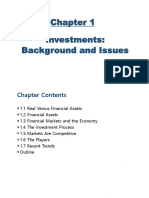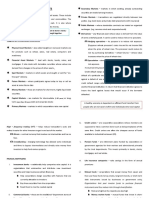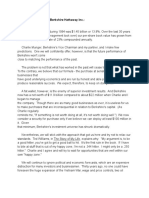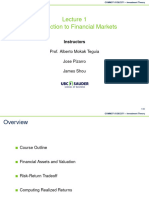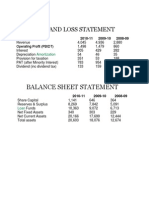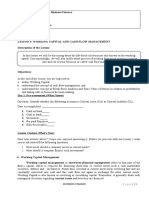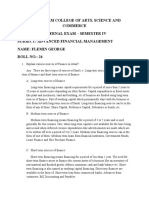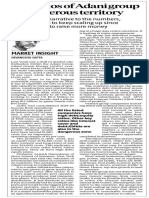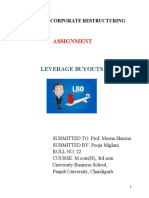0% found this document useful (0 votes)
14 views13 pagesNotes
The document provides a comprehensive overview of investment environments, types of investment vehicles, and the functioning of securities markets. It covers definitions, investment alternatives, objectives, processes, and the roles of financial intermediaries, alongside current trends and trading concepts. Additionally, it discusses portfolio management principles, performance evaluation, the Efficient Market Hypothesis, and various security analysis methods.
Uploaded by
dqzrbp54s6Copyright
© © All Rights Reserved
We take content rights seriously. If you suspect this is your content, claim it here.
Available Formats
Download as PDF, TXT or read online on Scribd
0% found this document useful (0 votes)
14 views13 pagesNotes
The document provides a comprehensive overview of investment environments, types of investment vehicles, and the functioning of securities markets. It covers definitions, investment alternatives, objectives, processes, and the roles of financial intermediaries, alongside current trends and trading concepts. Additionally, it discusses portfolio management principles, performance evaluation, the Efficient Market Hypothesis, and various security analysis methods.
Uploaded by
dqzrbp54s6Copyright
© © All Rights Reserved
We take content rights seriously. If you suspect this is your content, claim it here.
Available Formats
Download as PDF, TXT or read online on Scribd
/ 13














